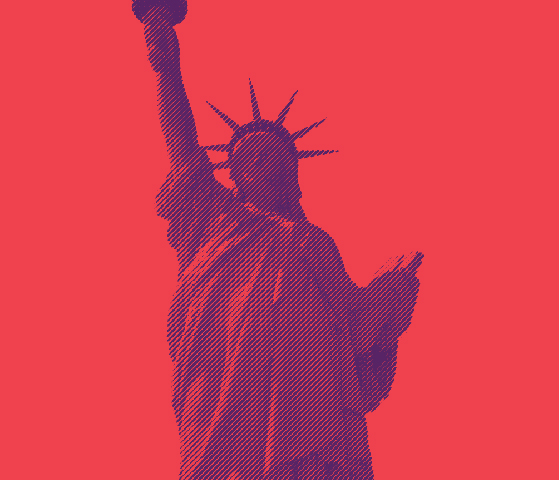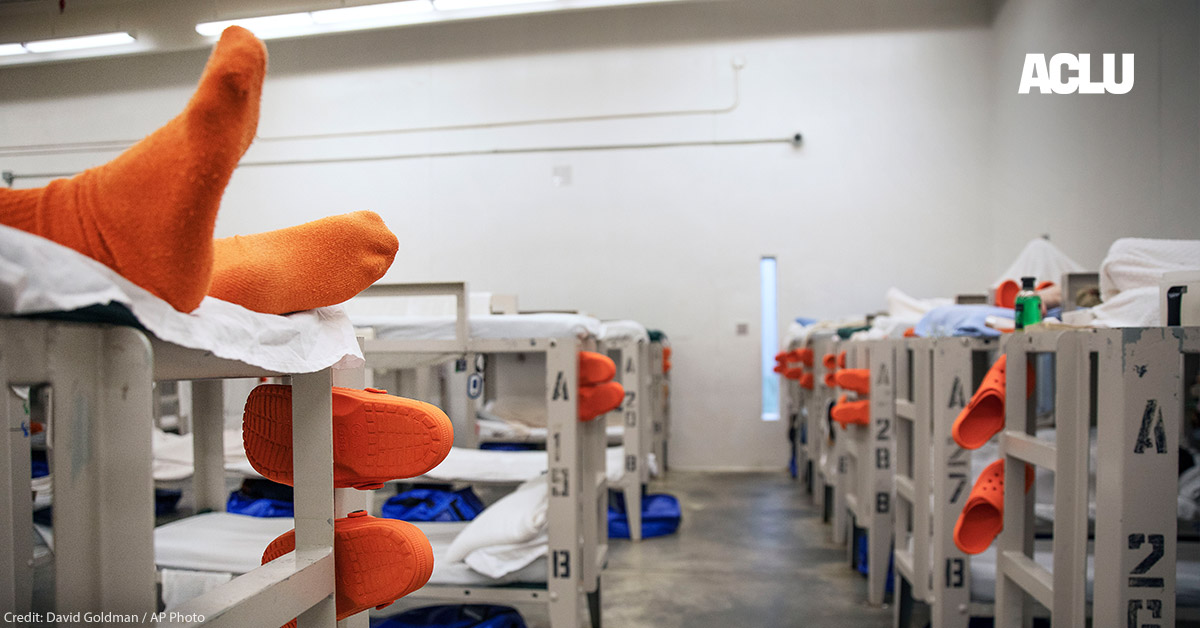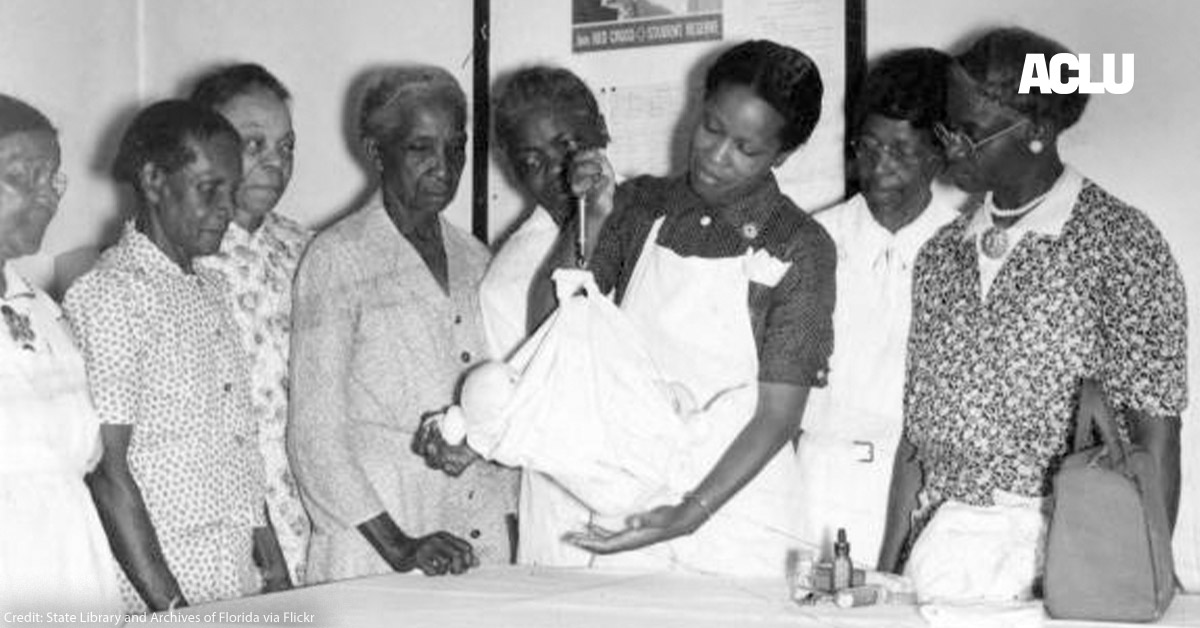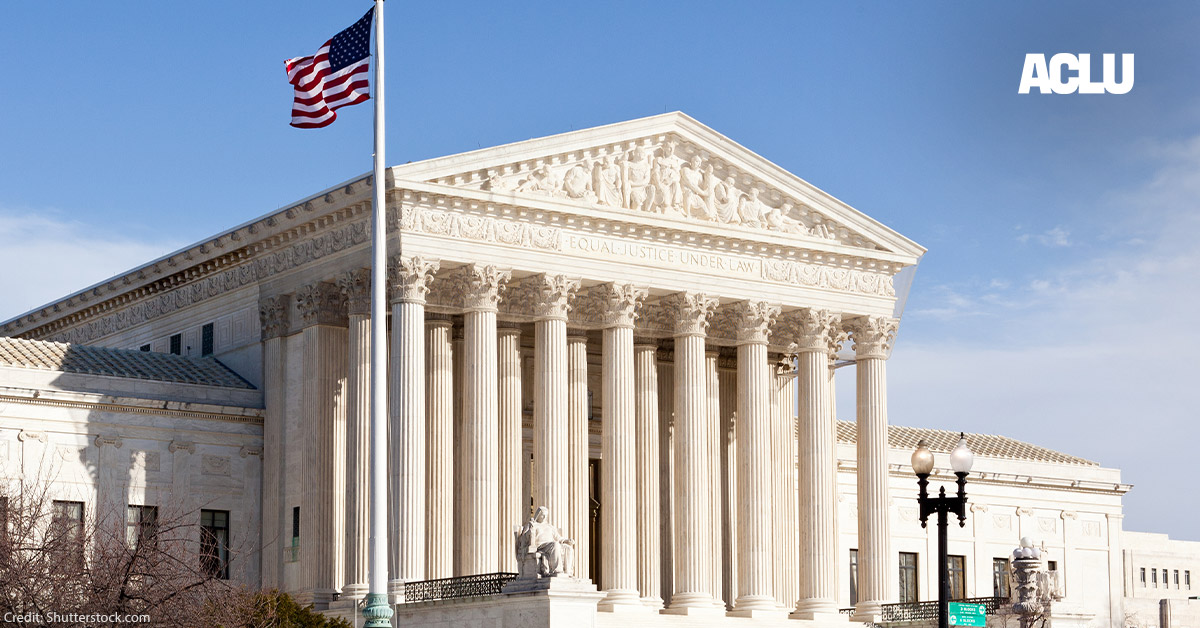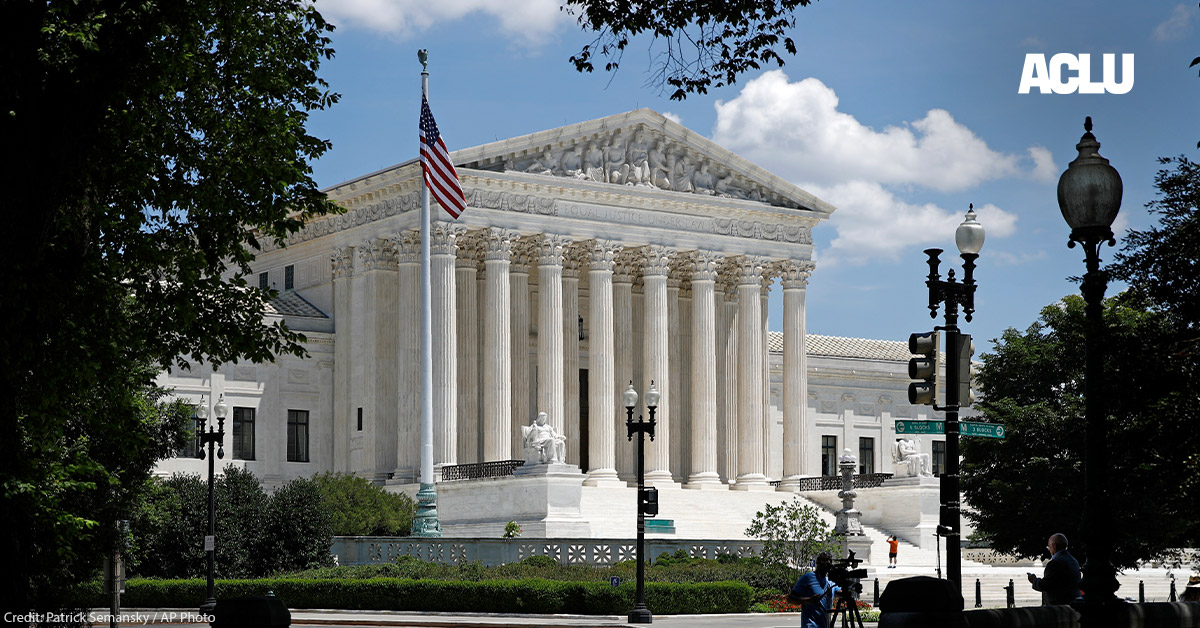By Eunice Cho, ACLU Senior Staff Attorney
As cases of COVID-19 in immigration detention facilities have exploded in recent months, Immigration and Customs Enforcement (ICE) has continued to argue that it has done all that it possibly can to manage this crisis. A new report by the Department of Homeland Security’s Office of Inspector General (OIG) — the department’s oversight body — however, sheds new light on ICE’s failure to do so, and the continued danger faced by detainees and detention staff alike.
Notably, the OIG’s report is based purely on surveys of ICE personnel themselves, without actual inspections of facilities or any interviews with detainees, as is typically expected for such investigations. But even with this limited set of self-reported data, the OIG’s report provides startling insight into ICE’s failure to control the spread of COVID-19 in detention — and the fears of ICE’s own personnel regarding their inability to address outbreaks in individual facilities.
Since the start of the pandemic, ICE has claimed in court filings that the low number or lack of confirmed COVID-19 cases in specific facilities suggests that the problem is under control in detention. But contrary to the logic of the Trump administration, less testing does not mean fewer cases, and the OIG’s report reveals for the first time the scope of ICE’s failure to provide adequate testing. Even with demonstrated under-testing of people in detention, almost 2,500 people in ICE detention have tested positive for COVID-19 since the start of the pandemic.
According to the OIG, 70 percent of all ICE detention centers nationwide reported that they had not tested any detained people for COVID-19. As of late May 2020, ICE had just over 2,000 testing kits available on-site at detention facilities, although ICE detained over 25,000 people. The report also notes that there is no consistent national standard or clear guidance for detention staff to decide whether to test a detainee for COVID-19. Even absent a consistent national standard, ICE also admitted that at least 20 detained people who met local protocols for testing failed to receive COVID-19 tests.
The OIG’s report also reveals ICE personnel’s own admission of the impossibility of controlling a COVID-19 outbreak at the facility, and the dire consequences that an outbreak would have. Detention facilities admitted that they lack adequate expertise, personnel, and equipment in case of a COVID-19 outbreak. As one ICE facility reported, “We do not have any medical staff. If any detainee tests positive for COVID-19 we will have to shut down the detention facility . . . we do not have the medical capacity to house anyone with COVID-19.”
Other ICE facilities noted the impossibility of having enough personal protective equipment needed in case of an outbreak: “If an outbreak were to occur the stock of [protective equipment, including masks] would be depleted. We have been attempting to acquire additional equipment for weeks, however as most are aware this is difficult given the high demand.”
ICE facilities also admitted their inability to practice social distancing in detention, or to adequately quarantine people suspected or confirmed to have COVID-19. “The nature of detention facilities makes social distancing impractical, as detainees are housed together in dorm-like pods, some with as many as 50 to 75 detainees in each pod. Additionally, most detention centers have few means to isolate large numbers of detainees.”
More than one-third of detention facilities reported not having enough hand sanitizer for detained people to use. More than half of facilities stated that they do not have the space to quarantine or isolate detained people who are suspected or confirmed to have COVID-19, and almost two-thirds of facilities had none, or less than two “negative pressure rooms” — medical rooms with closed ventilation systems to isolate airborne infections.
The danger of an outbreak is imminent: Since the start of the pandemic, three detained people and five guards have lost their lives to COVID-19, and an unknown number have become seriously ill and have been hospitalized due to the virus. Despite this threat, the OIG found that less than 20 percent of ICE’s detention facilities had released people to mitigate the danger of COVID-19. According to ICE data, facilities released only 1,137 detainees of the approximately 25,000 people in ICE custody from March 17 to May 5, 2020, due to reasons related to COVID-19.
The OIG reports that this is only the first stage of its investigation of ICE’s efforts to prevent and mitigate the spread of COVID-19 in its facilities, which is a positive step. The OIG should also investigate ICE’s continued transfer of detainees between facilities, a widespread practice that flies in the face of CDC guidance.
Further, the OIG should investigate the number of detained people hospitalized as a result of COVID-19, and the number of people who, upon deportation, have tested positive for COVID-19, so that the public can understand the full scope of the crisis. Deporting people who have been exposed to and contracted a deadly virus in the U.S. is not only unethical, but potentially disastrous for global public health, and we have good reason to believe that has become regular protocol.
In the meantime, ICE must quickly act to release people from detention, including those who are medically vulnerable to COVID-19. This is the only way to prevent certain death — of detained people, ICE staff, and people in the communities they return home to.
Date
Monday, June 29, 2020 - 12:45pmFeatured image
